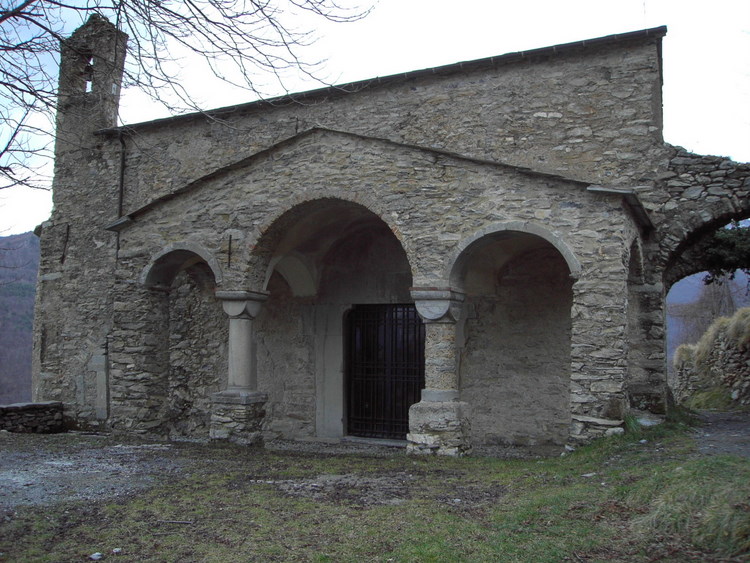
The Argentina-valley
Taggia lies at the bottom of the Argentina Valley, surrounded by flower-plantations, olive-trees and citrus-trees.
It is one of the oldest and most famous historical towns of the Flower Riviera.
It used to be the home of some illustrious men, such as the writer Giovanni Ruffini, author of the famous novel “Doctor Antonio”(written and published in the UK) and today is worth a visit for its heritage of architecture and history:
Remarkable are the characteristic medieval structure, the towers, walls and fabulous works of art shown in the Dominican convent, considered the most important medieval building in Western Liguria.
Dating back to 1490 it hosts some precious paintings from different periods by Ludovico, Antonio and Francesco Brea, Giovanni Canavesio, Gregorio De Ferrari, Emanuele Maccari as well as the famous Parmigianino.
Taggia is connected to the local olive’s name “Taggiasca” and the cultivation of olive-trees which gives a particularly precious oil known all over the world for its bouquet and the low acidity.
The Argentina-valley
Passing Taggia you will be introduced to the narrow Argentina-valley where nature is king between the steep slopes of the mountains, covered by olive-trees, deep forests and stony areas, home of archaic cultures and important historical monuments
The first village you will reach is Badalucco, an old fortified village formerly possess f the Counts of Ventimiglia and important crossroads of trade-routes.
There are some big bridges such as the S. Lucia-bridge (1548-1551) and the most impressing Ponte della Madonna degli Angeli on the top of the village.
The feast of the “stoccafissu a baucogna” (stockfish cooked in a typically local manner) attracts tourists and gourmets in September.
Following the main road you might turn up to Montalto Ligure.
This place was ruled by the Byzantines in the 7th century AC and governed from the near Campomarzio.
Its church has wonderful wall-paintings and preserves the original benches.
The parish church is rich of precious paintings and among those a painting of Ludovico Brea painted on a wooden panel.
In the upper part of the valley you will reach Molini di Triora, the village of 23 water-mills, a baroque parish church and the sanctuary Our Lady of La Montà with fine frescoes.
In September you could join the meeting of gastronomy called “the feast of snakes ”.
The highest village Triora offers a “noir” atmosphere due to its reputation as a “village of witches”.
A famous episode of witch-hunting-trials took place in Triora in 1587, leading to a group of local women being processed, believed to gather at night at the hidden “Cabotina” and blamed for a terrible famine.
Everything in Triora reminds you of the witches: the local museum of ethnography and witchcraft, the small shops selling curious dolls for magic spells, the” liqueurs of the witch”, a mixture of spirits and herbs.
The small intact village is a medieval jewel with a defence-system made of gates, arches, nostalgic tight spots and fortified houses.
Don’t forget to visit a the parish church of the Assumption of May as well as the oratorio of Saint John the Baptist.